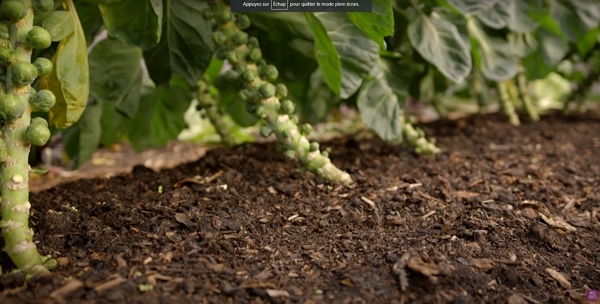When do you spread compost? How much do you spread? The guidelines explained by Charles in a No Dig approach.
Thanks to Charles Dowding for sharing his wisdom and knowledge! I wrote the following notes watching the video published on Charles Dowding’s channel. You can watch it using this YouTube link.
We will look into the misunderstandings and questions about compost and spreading it.
What is the best time to spread compost
This question leads to the misunderstanding that nutrients leach out of compost. They don’t.
Compost isn’t fertilizer.
Compost feeds soil life and helps build the mycelia threads beneficial for the soil and plants, like you can see below.
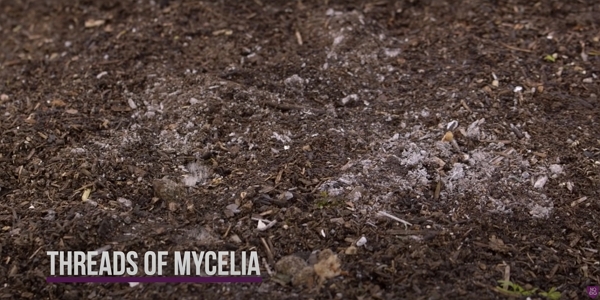
They make available the nutrients which sits there insoluble in water.
You can spread the compost in autumn to please the soil the most. And you can apply the compost around existing crops.
How much compost
Charles put every year 2.5 cm, but it’s close to 2 cm.
Putting the compost in the winter benefits the growth of two different crops a year.
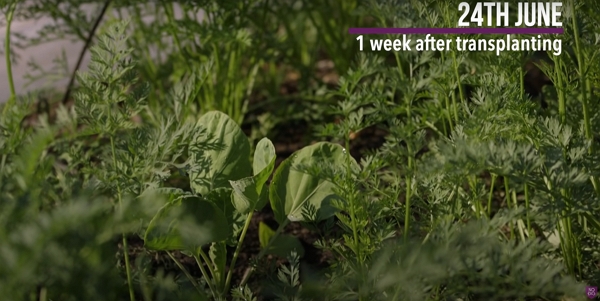
It makes the gardener much easier.
Why the soil level barely rises
Charles has been doing this for 10 years, with an initial dose of 10 cm.
The compost is eaten all the time, so the levels of the bed don’t rise.
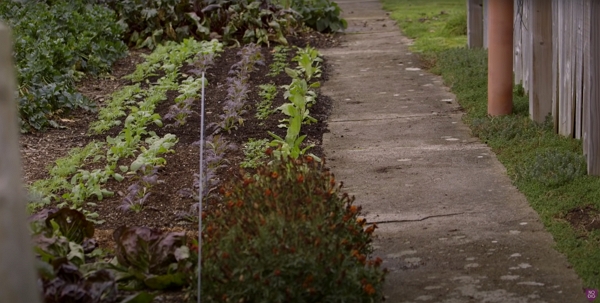
Compost isn’t soil.
In a 16th of acres, how much compost do you need
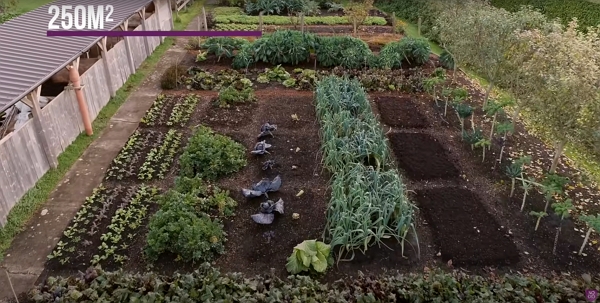
You will need 4 cubic meters, which equals to 2.4 tons.
Charles details that you don’t spread compost the whole area.
For example, the pathways can be covered with woodchips or tiles.
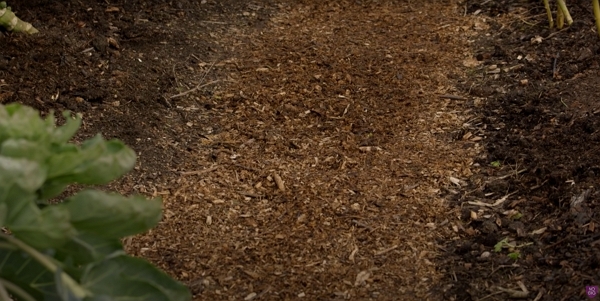
In the end, it equals to about two third of the area.
What does well-rotted compost mean
First, a compost doesn’t need to be perfect.
Wood pieces are for fungal life.
What kind of compost
You will have:
-
Homemade, of about 1 year old, depending on how much woody parts you have in it.
-
Green waste, that you need to age to yield a good result.
-
Manure represents food for the soil, but again, try not to use it fresh or use it in a thin layer. It’s not technically compost as a fresh product, but becomes one after a year of maturation.
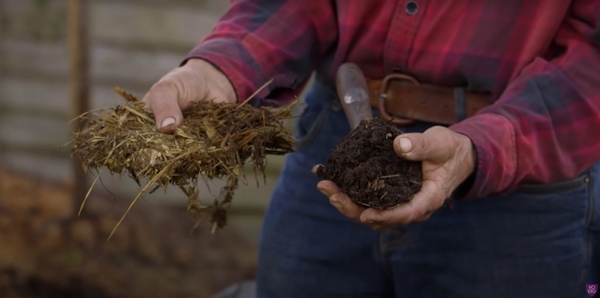
-
Woodchips can become compost, but it will require a lot of time so the wood decomposes well. Remember, the woodchip below will look like wood after the rain washes it.
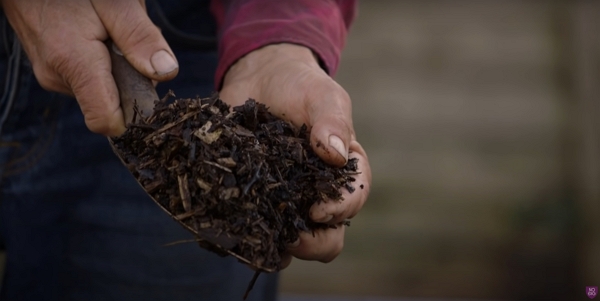
When is compost ready
Three-month-old compost, still steaming, isn’t ready to use.
You will know when the temperature isn’t high anymore. It will give you better results when using a mature compost.
Indeed, the living organisms in the soil won’t have to perform the heavy work of breaking down the material in the compost and will focus on bringing the nutrients to the plants.
Checkout Charles’s book (use the link according to your location: in France, in the US or in the UK) for more details about compost.
